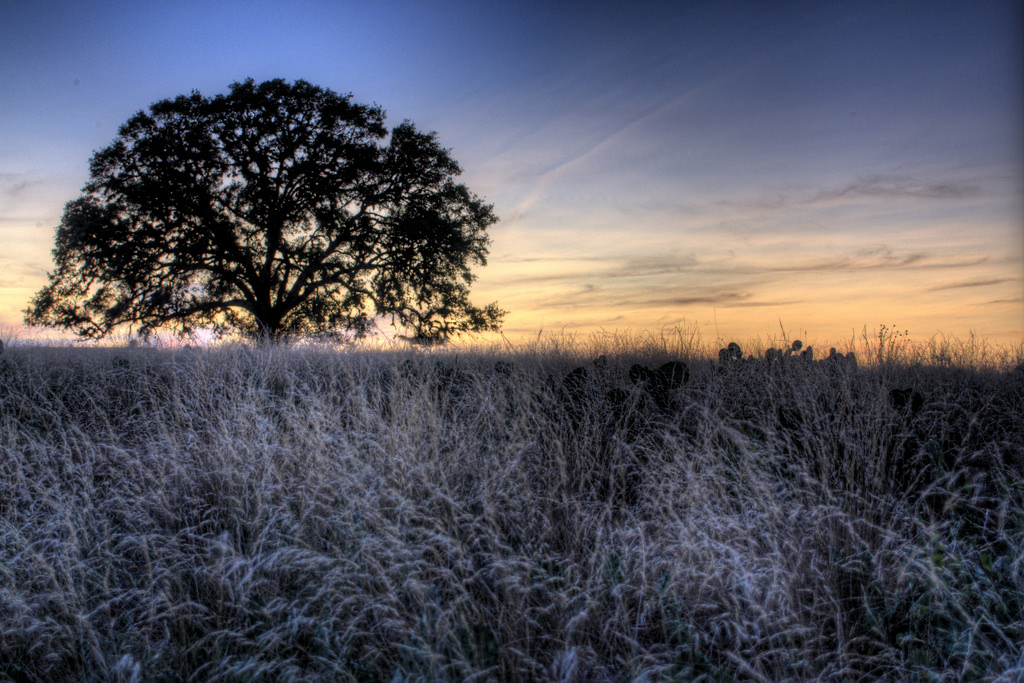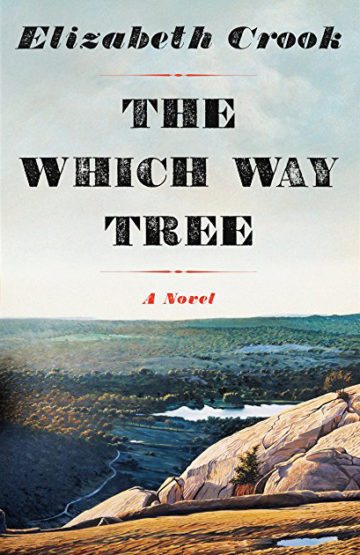
Tracking a Deadly Cat on the Texas Frontier in ‘The Which Way Tree’
While the frontier Texas subgenre has its limitations, Elizabeth Crook’s new novel is an enduring adventure tale.
Above: The Which Way Tree is set in the post-Civil War-era Hill Country.
Elizabeth Crook’s latest foray into the labyrinths of family and history in Texas is an absorbing coming-of-age adventure set in post-Civil War chaos, a time when not all that many people came to all that much of an age. Via a wild Hill Country unrecognizable to modern sprawl, The Which Way Tree follows the obsessive and violent path of two half-siblings, Benjamin and Samantha Shreve, in hunting down the panther that killed Juda, Samantha’s formerly enslaved mother.
The story begins in a Bandera courtroom with an inquiry into the murder and hangings of eight Union sympathizers by a pathetic, if psychotic, Confederate renegade, Clarence Hanlin. Benjamin, then only 14, was an eyewitness to the immediate aftermath of the murders and knows Hanlin to be the killer, but it has to be proven in court. The novel consists of letters that Ben sends to the presiding judge, over a period of several years, explaining how he came to be at the scene of the gruesome crime and what he saw. Ben can’t seem to do that without going into the memories of his childhood with Sam, who is two years younger. The story presents itself as the digressive memory of a teenager trying his level best to fulfill the judge’s charge.

Little, Brown
$26; 288 pages
This epistolary form enables the book to shape a narrative within its own boundaries of imagination, convincingly sealed off from modern sensibilities. It also facilitates a feel for the period through replication of the Bible-inflected 19th-century frontier language. But the form has a price: Retrieved memory can never be as passionate and dramatic as a tale told through direct action and dialogue. Crook takes the challenge in stride. Even though everything is filtered through Ben’s surprising literary abilities, and his dexterity with the quill pen and paper sent to him by the fascinated judge, the plot moves at a strong pace. Throughout, Ben is a keen observer and reliable narrator.
The evolution of Ben and Sam — the actual story — begins when the panther, later to be known as Dos Dedos, attacks in the night, ripping up Sam’s face and then tearing Juda apart when she tries to save her daughter. Before dying of her wounds, Juda has chopped off two of the beast’s toes and secured his nickname. Sam sees it all, and every day after that lives with her disfigurement and anger. She is as willful as they come, a trait which Ben admires as often as he finds it exasperating. And he loves her. When Sam insists on tracking the big cat against horrible odds, he will not leave her side.
The panther returns to hunt them several times. With each appearance, more people are drawn into Sam’s unrelenting quest. On the first follow-up visit, Sam and Ben are treed and nearly killed, only to be saved by an older-but-dashing Tejano, Mr. Pacheco, passing through on a possibly stolen horse and dodging Confederate bounty hunters.
As the search ebbs and flows through rough terrain and bad weather, other allies pop up, notably the hardscrabble Preacher Dob and his panther-tracking dog, Zechariah. The bleakness of the Hill Country becomes a foe and ally itself, nearly killing the searchers and then saving them in a Hollywood finale. In the course of the hunt, the “which way tree” appears, like the burning bush, when a critical decision is required. Ben’s letter to the judge explains:
We found more tracks then, and we seen how they doubled back and went forward again, this way and that, and we conferred, and it come to us all whilst eyeing the tracks and thinking how fresh that carcass was in the tree, and that the dog had followed the panther down the canyon, and then the panther had followed the dog when he come back this way, and the panther had eyed us in the night, and watched us smoke our pulkee puros, and ate his porcupine dinner whilst we slept not twenty yards from this tree.
The question come to us then as to whether we was tracking the panther if, by some unknown hand we was dealt, the panther might be tracking us. I am uneasy to wonder at it even now, and I was sure uneasy at that time. I had seen the size of that panther twice. I had beat its hind end as it gone up the tree after Sam on the night it done in Juda. I had seen the lantern light in its yellow eyes two nights afore in the goat pen. But the thought of them eyes being on me whilst I slept, and watching me in the dark unawares, was a worse thing to think about than meeting face-on with the creature. It give me a frosty feeling in my soul.
The bleakness of the Hill Country becomes a foe and ally itself, nearly killing the searchers and then saving them in a Hollywood finale.
Throughout the novel, Ben refers to Melville’s Moby Dick, though by a more common earlier title, The Whale. It’s one of the few books Ben has been able to read in his auto-didactic self-rearing. Conveniently enough, it serves to emphasize the notion of Sam’s obsessive pursuit.
Readers might flash back to other works as they follow the tale. It’s impossible not to think of icons of the frontier Texas subgenre that have mined the same vein. Among them: Charles Portis, True Grit; Larry McMurtry, Lonesome Dove; Fred Gipson, Old Yeller. While set in the 1930s, Joe Lansdale’s The Bottoms also has a very similar feel. It’s a notable stable of companions, and you will hear more of this fine addition to the list.
One limitation of writing such a culturally bound Texas novel is that it’s difficult to bypass the familiar frontier mythology of hard life and tough people on the farms and ranches, which excludes development of other kinds of lives and histories during the same period. Characters like Ben, and even Sam, will fit in no other kind of narrative, nor should they. But even if limited to a certain type of European settler experience, these adventure tales, if told well, are plenty riveting and enduring. The Which Way Tree is told well. Robert Duvall has already optioned film rights.


